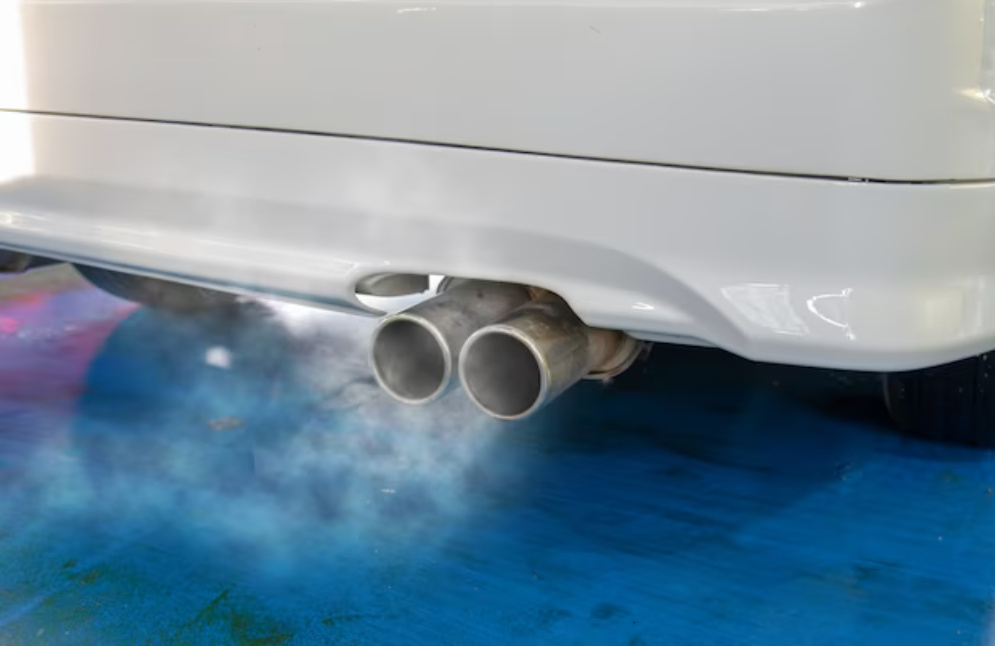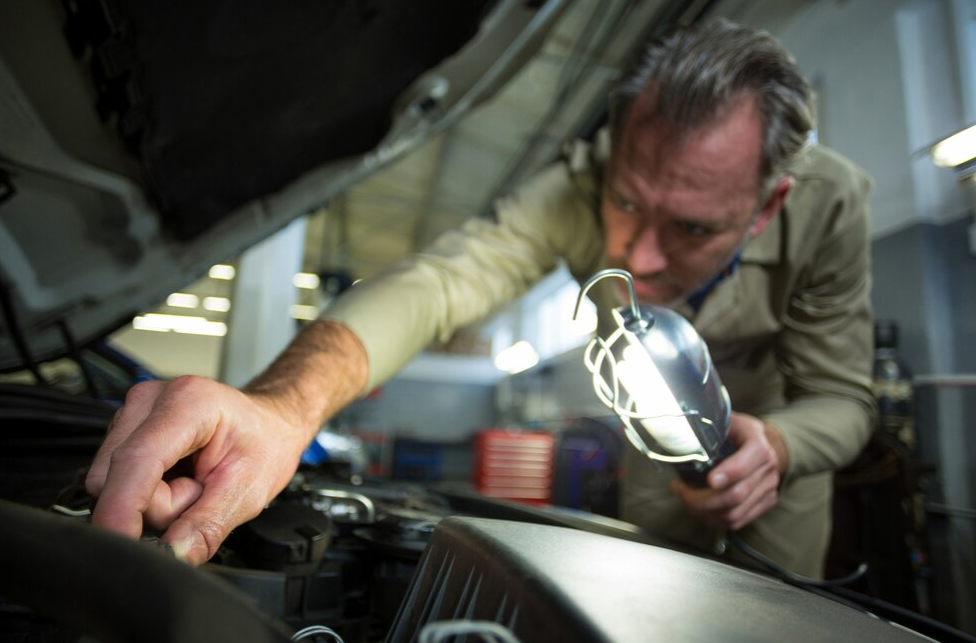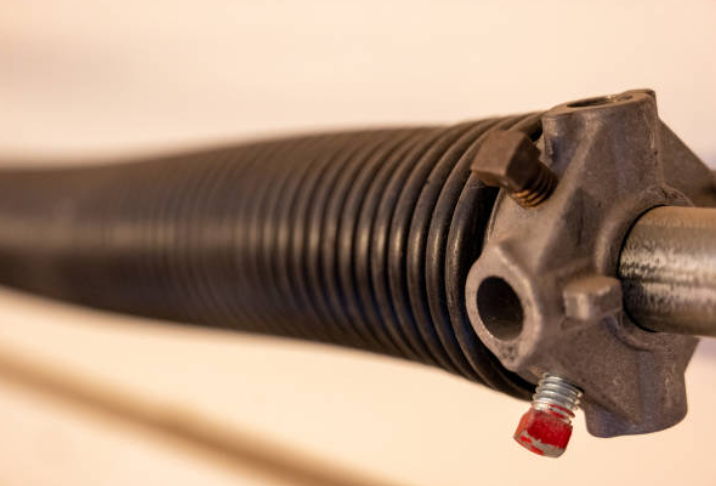Decoding the Mystery of Evaporative Emission System Leaks
If your vehicle has recently started to give off a rancid smell and you’ve noticed an increase in fuel consumption, then it’s quite possible that you’re dealing with an evaporative emission system (EVAP) leak. It sounds frightful, yes? There's still hope, so don't panic! In this post, we'll debunk the problem's myths and identify its likely root cause. We'll go into great length on how EVAP systems function, typical reasons for EVAP system leaks, red flags and symptoms of troubles, as well as doable solutions to help lessen or possibly entirely remedy your vehicle's problems. Don't leave yourself stranded with an unknown mechanical issue – keep reading so you can tackle this mystery head on!

What is an Evap Leak?
An Evap (evaporative) leak pertains to an unintentional and often minor aperture or gap found within the elements of a vehicle's Evaporative Emission Control System (EVAP). This intricate system is crafted to apprehend and govern the emission of fuel vapors originating from the fuel tank and other segments of the vehicle, thus averting their entry into the atmosphere and the consequential contribution to air pollution.
Instances where fuel vapor can evade the fuel tank arise due to variables like fluctuations in temperature, particularly when the vehicle is parked or the engine is powered down. The EVAP system seizes these vapors and momentarily confines them within a charcoal canister until the engine is operational and can appropriately combust them. In cases where an EVAP leak is present, these vapors have the potential to escape directly into the surroundings, potentially triggering concerns related to air quality and a reduction in fuel efficiency.

-
Loose or Faulty Gas Cap: A loose, damaged, or improperly sealed gas cap is among the primary culprits of evap leaks. A secure gas cap is crucial for maintaining the necessary pressure and sealing within the fuel system.
-
Cracked or Damaged Hoses: Over time, hoses within the evap system can develop cracks or become damaged due to exposure to the elements, engine heat, or wear and tear. These openings can facilitate vapor leakage.
-
Defective Purge Valve: The purge valve controls the flow of fuel vapor from the charcoal canister to the engine for combustion. A malfunctioning purge valve can cause improper vapor flow and contribute to leaks.
-
Charcoal Canister Issues: The charcoal canister, responsible for storing fuel vapors until they can be burned off, can become saturated or damaged. A compromised canister can result in vapor leakage.
-
Faulty Evap System Components: Other components within the evap system, such as sensors, valves, and connectors, can also malfunction and lead to leaks.
-
Rust or Corrosion: Over time, rust or corrosion can affect the integrity of evap system components, potentially creating openings for vapor to escape.
-
Impact or Collision Damage: Physical impact or collision can damage evap system components, causing leaks that may not be immediately apparent.
-
Poor Installation or Repairs: Improper installation of evap system components or substandard repairs can lead to unintended gaps or openings that result in vapor leaks.
-
Seal Deterioration: Seals and gaskets that keep the evap system airtight can deteriorate with time, leading to leaks.
-
Age and Wear: As vehicles age, the materials in the evap system can degrade, increasing the likelihood of leaks.

1. Check Engine Light: If the check engine light (malfunction indicator lamp) is illuminated, it could be related to an evap leak. However, other issues can trigger this light as well. Use a diagnostic code reader or OBD-II scanner to retrieve the specific trouble code associated with the evap system.
2. Visual Inspection: Inspect the gas cap to ensure it's properly tightened or undamaged. Examine visible hoses, connections, and components in the evap system for signs of wear, cracks, or damage.
3. Smoke Test: A smoke test is a common diagnostic procedure for locating evap leaks. A smoke machine introduces non-toxic smoke into the evap system. If there's a leak, the smoke will escape from the point of the leak, helping you pinpoint its location.
4. Pressure Test: A pressure test involves pressurizing the evap system and monitoring the pressure drop. If pressure drops significantly, it indicates a leak. This method can help identify the general area of the leak.
5. Gas Cap Test: Inspect the gas cap for proper sealing. A malfunctioning or loose gas cap is one of the most common causes of evap leaks. Ensure it's tightened correctly and the rubber seal is intact.
6. Visual and Audible Inspection: Listen for hissing sounds or look for signs of vapor near hoses, connections, and components when the engine is running. This might help locate an obvious leak.
7. Professional Diagnosis: If you're unable to identify the leak on your own, consider seeking the expertise of a qualified mechanic or technician. They have access to specialized tools and equipment that can accurately diagnose evap leaks.
8. Data Analysis: A skilled mechanic can analyze data from the vehicle's onboard diagnostic system, including live data and freeze frame data, to narrow down potential causes of evap leaks.
9. Component Testing: Mechanics can test specific components like purge valves, pressure sensors, and canister solenoids using diagnostic tools to ensure they're functioning as intended.
10. Repair or Replacement: Once the leak source is identified, the necessary repairs can be made. This might involve replacing damaged hoses, fixing faulty components, or addressing any other issues contributing to the leak.
Fixing evap leaks involves first identifying the specific source of the leak within the Evaporative Emission Control System (EVAP), then taking appropriate steps to rectify the issue. After pinpointing the cause through methods such as visual inspection, diagnostic code reading, or tests like smoke or pressure tests, the necessary actions can be initiated.
These actions might include securing or replacing a loose or damaged gas cap, repairing cracked hoses or lines, replacing malfunctioning components like the purge valve or canister solenoid, addressing rust or corrosion, and ensuring proper installation of repairs or replacements. Seeking professional assistance from a certified mechanic is advisable for complex cases. Clearing stored diagnostic codes and testing the vehicle post-repairs, along with regular maintenance, ensures the evap leak is effectively resolved, maintaining emissions compliance and optimal vehicle performance.
-
Can I fix an evap leak myself?
Depending on the cause and your mechanical skills, you might be able to fix simple evap leaks like a loose gas cap. However, complex issues require professional expertise to ensure accurate diagnosis and proper repairs.
-
What's the role of the EVAP system?
The Evaporative Emission Control System (EVAP) captures and temporarily stores fuel vapors that evaporate from the fuel tank and other vehicle components. It prevents these vapors from being released into the atmosphere and contributes to emissions reduction.
See more review here: The 10 Best Car Fuses For Optimal Electrical Protection














